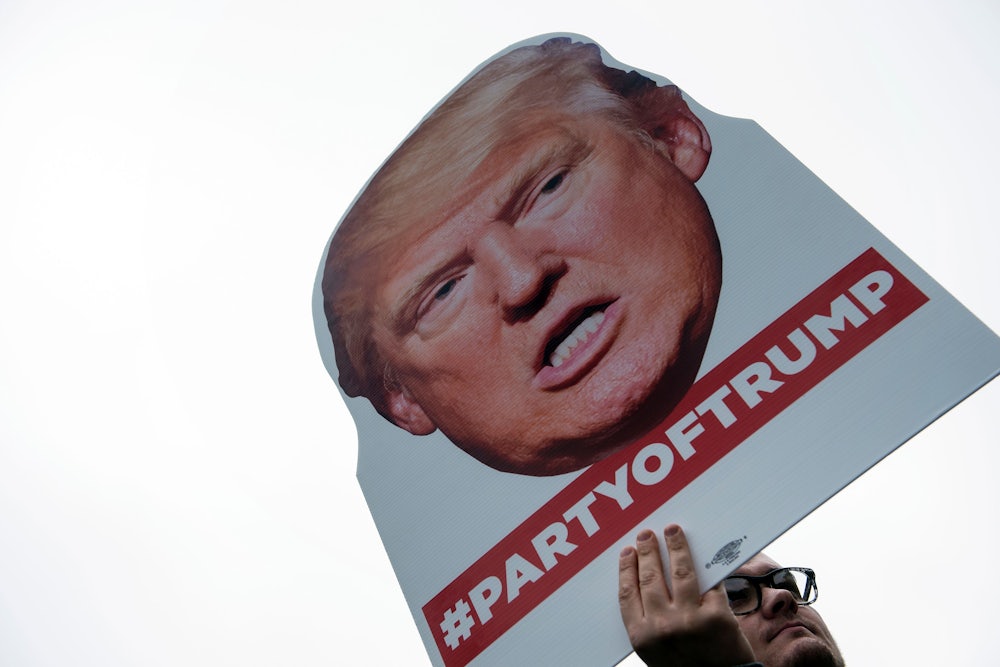The theory holds that voters these days are more influenced by hatred of the other party than loyalty to their own side. In a traditional presidential election, this phenomenon would be more difficult to discern, since the parties’ nominees would presumably represent their respective sides fairly well. This is not the case with Trump, who breaks with his party on multiple issues. To consolidate the support of the GOP, he will have to rely heavily on negative partisanship.
The latest example can be found in this article in the Times about Christian conservatives coming around to Trump, despite the fact that he plainly doesn’t have a religious bone in his body. The way negative partisanship works on a rhetorical level is to claim that Trump, for all his flaws, is far better than the alternative: “[A]ny concerns I have about him pale in contrast to Hillary Clinton,” one prominent conservative says.
The true test of the theory, though, will come in the fall, when the #NeverTrump forces will face two warring impulses: Fear and loathing of the other vs. fear and loathing of their own.
